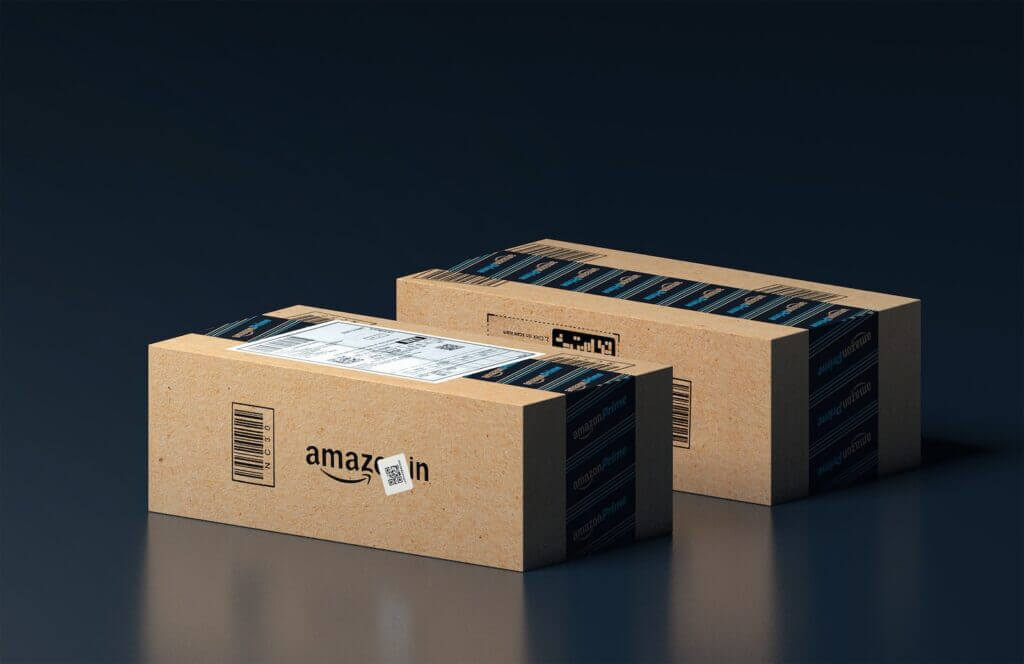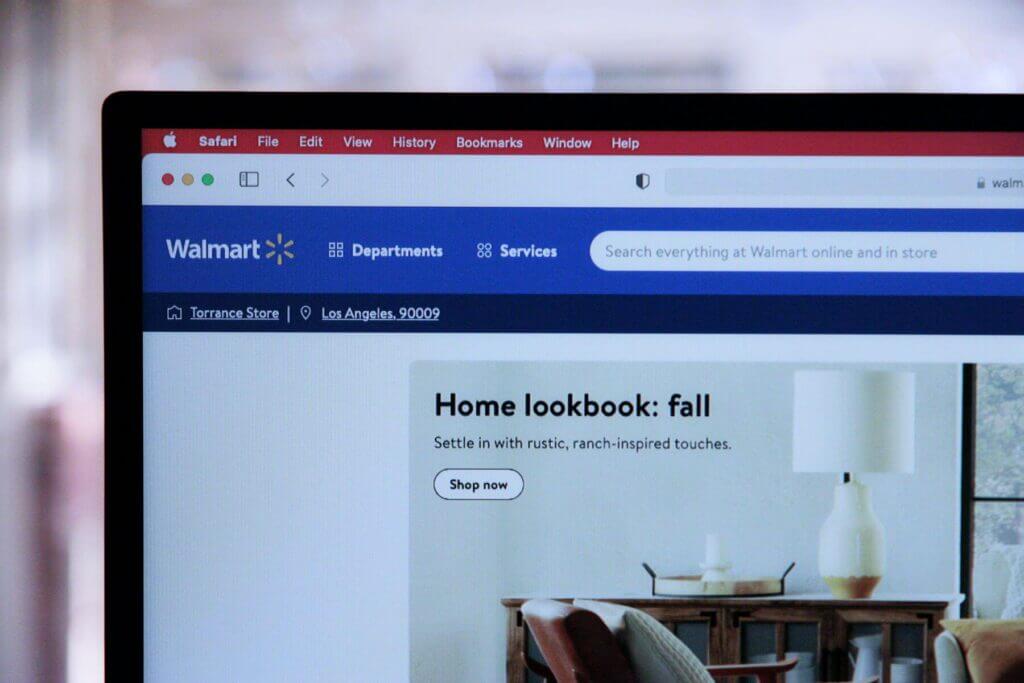Discover the world of print advertising and its various types, , and disadvantages. Dive into the key of a print ad, explore the different of print , and stay up-to-date on current trends in the industry.
Definition of Print Advertising
Print advertising refers to the use of printed materials, such as newspapers, magazines, brochures, flyers, and direct mail, to promote a product, service, or brand. It is a traditional form of advertising that has been around for centuries and continues to be used today, despite the rise of digital marketing.
Explanation of Print Advertising
Print advertising involves creating visual and written content that is printed and distributed to a targeted audience. The goal is to capture the attention of potential customers and persuade them to take action, whether it’s making a purchase, visiting a store, or signing up for a service.
Print advertising can take many forms, from full-page ads in newspapers and magazines to small flyers handed out on the street. It can also be targeted to specific demographics or geographic regions, allowing businesses to reach the right people at the right time.
Types of Print Advertising
There are several of print advertising that businesses can use to promote their products or services. These include:
- Newspapers: Ads in newspapers are a common form of print advertising. They can be placed in specific sections of the paper, such as the business or lifestyle sections, to target a particular audience. Newspaper ads can also be placed in local or national papers to reach a wider audience.
- Magazines: Ads in magazines are another popular form of print advertising. They can be placed in magazines that cater to a specific industry or demographic, such as fashion, food, or travel. Magazine ads can be more expensive than newspaper ads, but they offer a longer shelf life and a more targeted audience.
- Direct Mail: Direct mail involves sending printed materials, such as postcards or brochures, directly to potential customers. This type of print advertising can be highly targeted, allowing businesses to reach specific households or neighborhoods. Direct mail can also be personalized, with customized messages and offers for each recipient.
- Brochures and Flyers: Brochures and flyers are printed materials that can be distributed at events, in stores, or via direct mail. They can be used to showcase a product or service, provide information about a business, or promote a sale or special offer.
Overall, print advertising remains a valuable marketing tool for businesses of all sizes. It offers a tangible and trustworthy way to reach a targeted audience and can be customized to fit a variety of budgets and goals.
Advantages of Print Advertising
Print advertising has been a popular form of marketing for many years, and it is still widely used today. While digital marketing has become increasingly popular, print advertising still offers a range of benefits that make it a valuable tool for businesses. In this section, we will explore some of the of print advertising.
Targeted Marketing
One of the key advantages of print advertising is the ability to target specific audiences. Print ads can be placed in publications that are read by a particular demographic, making it easier for businesses to reach their desired audience. For example, a business selling luxury watches might place an ad in a high-end lifestyle magazine that is read by affluent consumers. This targeted approach ensures that the ad is seen by people who are more likely to be interested in the product, increasing the chances of a successful campaign.
Longevity of Print Ads
Another advantage of print advertising is the longevity of the ads. Unlike digital ads that can disappear within seconds, print ads can be kept and referred to for a long time. For example, a magazine might be kept on a coffee table for weeks or even months, giving the ad repeated exposure. This extended lifespan makes print ads a valuable investment for businesses, as they can continue to generate interest and leads long after they have been published.
Credibility and Trustworthiness
Print advertising is also seen as more credible and trustworthy than digital advertising. Many people view digital ads with suspicion, as they are often associated with spam and scams. Print ads, on the other hand, are seen as more legitimate and trustworthy, as they have been vetted by the publication in which they appear. Consumers are more likely to take print ads seriously and engage with them, making print advertising an effective way to build brand awareness and credibility.
In summary, print advertising offers a range of advantages, including the ability to target specific audiences, the longevity of the ads, and the credibility and trustworthiness of print media. While digital advertising has its own benefits, print advertising remains a valuable tool for businesses looking to reach their target audience and build their brand.
Disadvantages of Print Advertising
Despite the many benefits that print advertising can offer, there are also some notable disadvantages to consider. In this section, we will explore the three main disadvantages of print advertising: limited reach, high cost, and difficulty in measuring ROI.
Limited Reach
One of the most significant drawbacks of print advertising is its limited reach. Unlike digital advertising, which can be targeted to specific audiences all around the world, print advertising is inherently limited by geography. For example, if you place an ad in a local newspaper, it will only be seen by people in that specific geographic area.
This can be a problem if you are trying to reach a wider audience or if your target market is spread out across different regions. While it is possible to place print ads in multiple publications, this can quickly become expensive and may not be cost-effective for small businesses.
High Cost
Another major disadvantage of print advertising is its high cost. Print ads are typically more expensive than digital ads, and the cost can vary depending on factors such as the size of the ad, the publication it appears in, and the length of the ad run.
For small businesses with limited marketing budgets, print advertising can be prohibitively expensive. This is especially true for businesses that need to run multiple print ads to reach their target market.
Difficulty in Measuring ROI
Finally, measuring the ROI of print advertising can be challenging. Unlike digital advertising, which can be tracked and analyzed in real-time, print advertising is not as easy to measure. This can make it difficult to determine whether your print ad campaign is achieving its desired results.
For example, it can be challenging to determine how many people have seen your print ad, how many of those people have taken action as a result of seeing the ad, and how much revenue your ad campaign has generated. Without this information, it can be challenging to make informed decisions about your marketing strategy.
Elements of a Print Ad
When it comes to print advertising, there are three main elements that make up a successful ad: the headline, body copy, and visuals. Each of these plays a crucial role in catching the reader’s attention and conveying the message of the advertisement.
Headline
The headline is the first thing that readers see when they look at a print ad. It should be attention-grabbing and pique the reader’s interest. A good headline should be short, snappy, and to the point. It should also be relevant to the product or service being advertised.
There are a few different of headlines that can be effective in print advertising. A direct headline is straightforward and tells readers exactly what the product or service is. An indirect headline uses a more creative approach to get readers interested. It might use humor, curiosity, or intrigue to draw readers in. A question headline poses a question to the reader, encouraging them to keep reading to find the answer.
Body Copy
The body copy is the main text of the ad. It should provide more information about the product or service being advertised, and persuade the reader to take action. The body copy should be written in a clear and concise manner, using simple language that is easy for readers to understand.
There are a few different approaches to writing effective body copy. One is to focus on the benefits of the product or service. Rather than just listing features, the copy should explain how the product or service will make the reader’s life easier or better. Another approach is to use storytelling to create an emotional connection with the reader. By telling a story that relates to the product or service, the copy can help the reader to see how it could benefit them.
Visuals
Visuals are an important part of print advertising. They can help to catch the reader’s eye and convey information in a way that is easy to understand. There are a few different types of visuals that can be used in print ads, including photographs, illustrations, graphs, and charts.
When choosing visuals for a print ad, it’s important to make sure they are high-quality and relevant to the product or service being advertised. They should also be visually appealing and easy to understand. A good visual can help to reinforce the message of the ad and make it more memorable for the reader.
Types of Print Media
Print has been around for centuries and is still one of the most effective ways to advertise. Print media is any form of advertising that is printed on paper, including newspapers, magazines, and direct mail. In this section, we will explore each type of print media and its and disadvantages.
Newspapers
Newspapers are a type of print media that has been around for centuries. They are published daily, weekly, or monthly and are distributed locally or nationally. Newspapers have a wide readership and are popular among different age groups. They are an excellent platform to advertise local businesses and services.
Advantages of Newspaper Advertising:
- Wide readership: Newspapers are read by a large number of people, making them an excellent platform for businesses to reach a broad audience.
- Targeted advertising: Newspapers can be targeted to specific demographics and geographic locations, making them ideal for local businesses looking to advertise in a specific area.
- Timely: Newspapers provide up-to-date news and information, making them an excellent platform to advertise time-sensitive products and services.
Disadvantages of Newspaper Advertising:
- Short lifespan: Newspapers are read once and then discarded, making their lifespan short-lived.
- Limited reach: Newspapers are limited to their distribution area, making it challenging to reach a broader audience.
- High cost: Advertising in newspapers can be expensive, especially for full-page ads.
Magazines
Magazines are a type of print media that is published weekly, monthly, or quarterly. They are typically more niche-oriented and cater to a specific audience, making them a great platform for businesses looking to reach a particular target market. Magazines are usually higher quality and more visually appealing than newspapers, making them an excellent platform for businesses that want to showcase their products or services.
Advantages of Magazine Advertising:
- Targeted audience: Magazines cater to a specific audience, making it easier for businesses to target their advertising efforts.
- Longevity: Magazines have a longer lifespan than newspapers, as they are often kept for longer periods.
- High-quality visuals: Magazines are typically more visually appealing than newspapers, making them an excellent platform for businesses to showcase their products or services.
Disadvantages of Magazine Advertising:
- Limited reach: Magazines have a smaller readership than newspapers, making it challenging to reach a broader audience.
- High cost: Advertising in magazines can be expensive, especially for full-page ads.
- Lead time: Magazines have a more extended lead time than newspapers, making it challenging to advertise time-sensitive products or services.
Direct Mail
Direct mail is a type of print media that is sent directly to a person’s mailbox. It includes flyers, postcards, catalogs, and other promotional materials. Direct mail is a targeted form of advertising, as it is sent to specific individuals or households.
Advantages of Direct Mail Advertising:
- Targeted advertising: Direct mail can be targeted to specific demographics and geographic locations, making it ideal for local businesses looking to advertise in a specific area.
- High response rate: Direct mail has a higher response rate than other forms of advertising, as it is more personalized and targeted.
- Measurable: Direct mail is measurable, making it easier for businesses to track the success of their advertising campaigns.
Disadvantages of Direct Mail Advertising:
- High cost: Direct mail can be expensive, especially for large-scale campaigns.
- Junk mail: Direct mail can be perceived as junk mail and discarded without being read, making it important for businesses to create visually appealing and attention-grabbing materials.
- Environmental concerns: Direct mail can have a negative impact on the environment, as it involves the use of paper and ink.
Print Advertising Trends
Print advertising has been around for centuries and has evolved significantly over time. With the advancement of technology and the internet, the print advertising industry has had to adapt to stay relevant. In this section, we will explore some of the current trends in print advertising.
Digital Integration
One of the most significant trends in print advertising is the integration of digital technology. Many print ads are now using QR codes, augmented reality, and other digital components to enhance the overall experience for the consumer. This integration allows for a more interactive experience, which can increase engagement and lead to better results. For example, a magazine ad for a clothing brand may include a QR code that leads to an online store where customers can purchase the product.
Personalization
Another trend in print advertising is personalization. With the amount of data available to companies, they can now create highly targeted ads that speak directly to the consumer. Personalized print ads can include the consumer’s name, location, and even their purchasing history. This personalization can make the consumer feel like the ad was created specifically for them, increasing the likelihood of a response. For example, a direct mail piece from a car dealership may include a personalized offer for a specific make and model of car that the consumer has shown interest in.
Sustainability in Print Ads
As the world becomes more environmentally conscious, sustainability has become a trend in print advertising. Companies are now looking for ways to create more eco-friendly ads that have less of an impact on the environment. This trend has led to the use of recycled paper, soy-based ink, and other sustainable materials. For example, a magazine ad for a clothing brand may use recycled paper and soy-based ink to create a more sustainable ad.
Overall, the print advertising industry is constantly evolving to stay relevant and effective. The integration of digital technology, personalization, and sustainability are just a few of the that are shaping the industry today. Companies that are willing to adapt and embrace these will be more successful in reaching their target audience and achieving their marketing goals.













